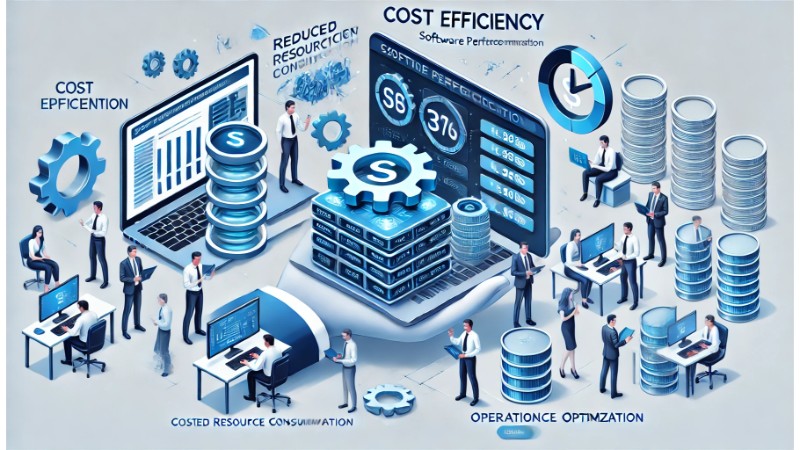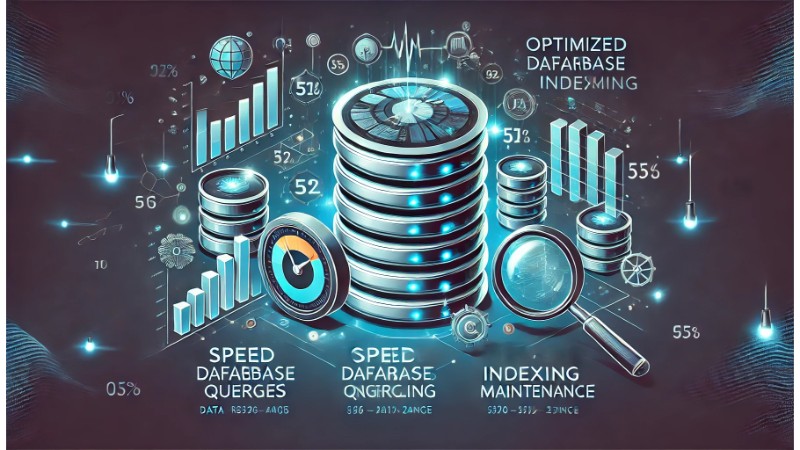Software Performance Optimization

In today’s fast-paced digital landscape, software performance optimization is crucial for businesses aiming to deliver seamless user experiences. Optimized software not only improves efficiency but also enhances customer satisfaction and loyalty. This article delves into the key aspects of software performance optimization and offers actionable strategies to achieve it.
Understanding Software Performance Optimization
Software performance optimization involves refining a software application to run more efficiently, with reduced resource consumption and faster response times. This process includes identifying performance bottlenecks, optimizing code, and ensuring the system can handle increased loads.
 Importance of Software Performance Optimization
Importance of Software Performance Optimization
 Enhanced User Experience: Fast, responsive applications are essential for retaining users. Studies show that even a one-second delay in page load time can lead to significant drops in user engagement.
Enhanced User Experience: Fast, responsive applications are essential for retaining users. Studies show that even a one-second delay in page load time can lead to significant drops in user engagement.
Cost Efficiency: Optimized software reduces the need for additional hardware resources, cutting down operational costs. Efficient software can handle more users with fewer resources, leading to cost savings.
Scalability: Optimized software can easily scale to accommodate more users or transactions, supporting business growth without sacrificing performance.
Competitive Advantage: High-performing applications set businesses apart from competitors. Users are more likely to choose and stay with applications that deliver quick and reliable performance.
Key Strategies for Software Performance Optimization
Code Optimization: Review and refine code to eliminate inefficiencies. This includes minimizing loops, using efficient algorithms, and removing redundant code. Profiling tools can help identify slow or resource-intensive code sections.
Efficient Database Management: Optimize database queries, use indexing, and consider database partitioning to speed up data retrieval processes. Regularly clean and maintain the database to ensure optimal performance.
 Load Balancing: Distribute workloads across multiple servers to prevent any single server from becoming a bottleneck. Load balancing ensures that applications remain responsive even under high traffic conditions.
Load Balancing: Distribute workloads across multiple servers to prevent any single server from becoming a bottleneck. Load balancing ensures that applications remain responsive even under high traffic conditions.
Caching: Implement caching mechanisms to store frequently accessed data in memory, reducing the need to repeatedly fetch data from the database. This can significantly speed up response times.
Resource Management: Monitor and manage resource usage, including CPU, memory, and disk I/O. Use tools to track resource consumption and identify areas where optimization is needed.
Asynchronous Processing: Use asynchronous programming to handle tasks that can be performed in the background without blocking the main application flow. This improves overall application responsiveness.
Regular Testing and Monitoring: Continuously test and monitor application performance. Use automated testing tools to simulate different load conditions and identify potential performance issues before they impact users.
Conclusion
Software performance optimization is an ongoing process that requires attention to detail and a proactive approach. By implementing these strategies, businesses can ensure their applications run efficiently, providing users with a smooth and satisfying experience. Investing in software performance optimization not only enhances user satisfaction but also drives business growth and success.


